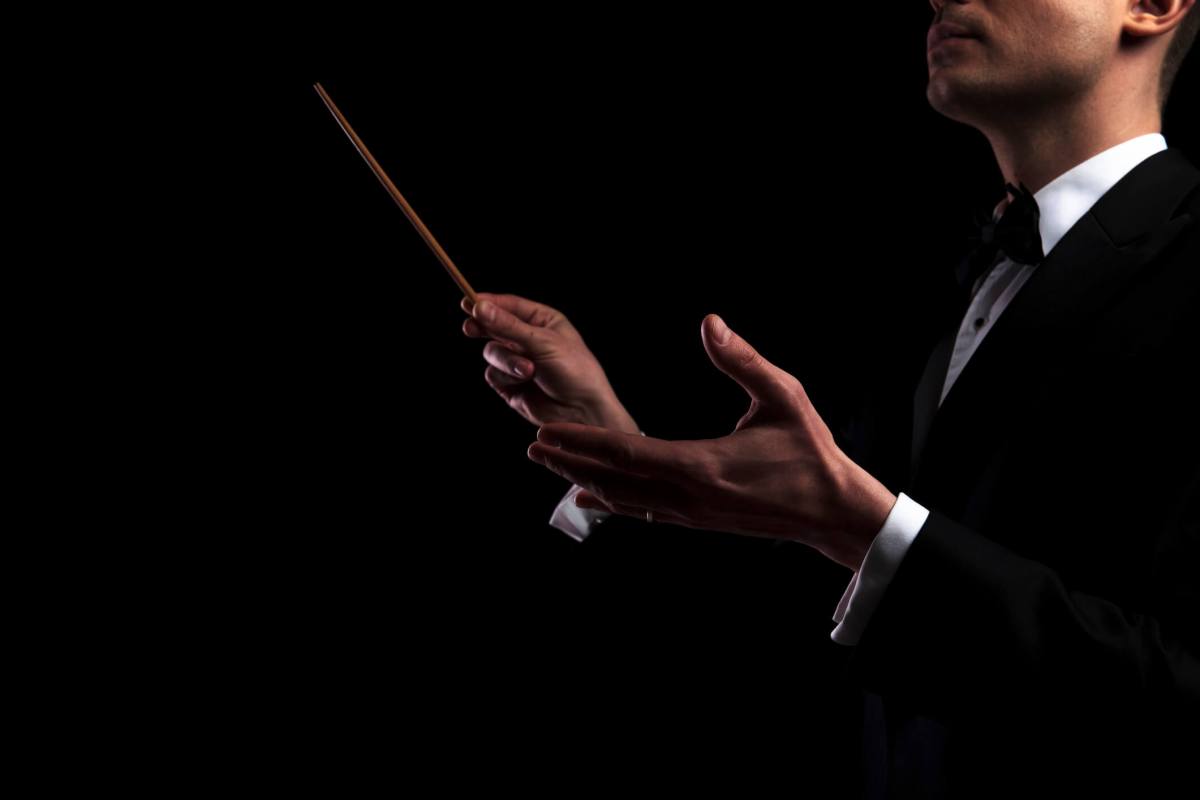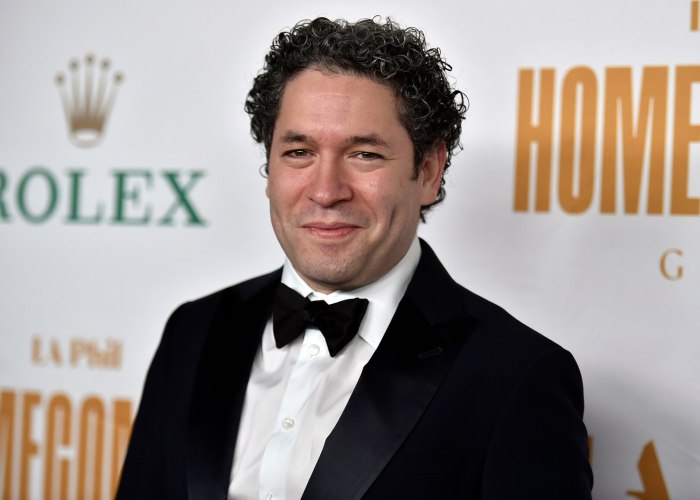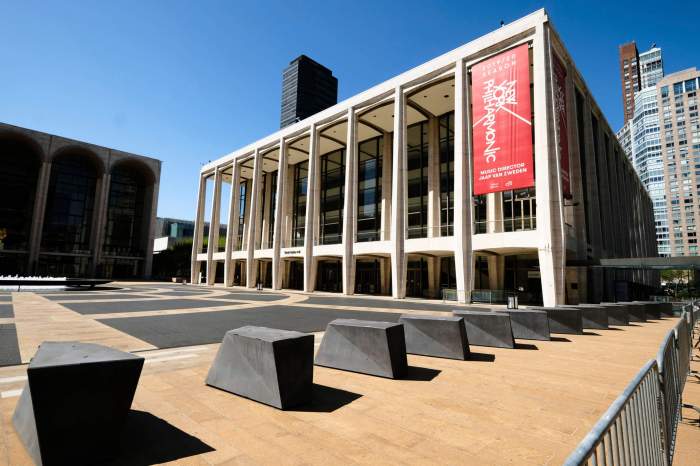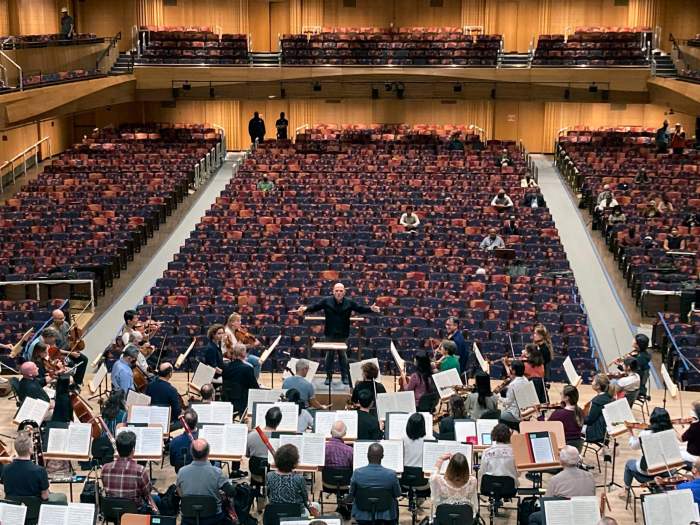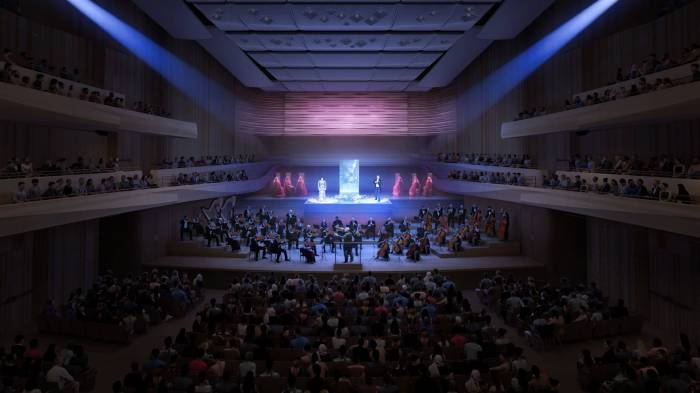Benjamin Zander is convinced Beethoven’s Ninth Symphony should sound far different than most people are accustomed to hearing it, and the soon-to-be 84-year-old conductor will race through it in about an hour during performances in Boston and New York this week.
Nearly two centuries after the composer’s most famous work premiered on May 7, 1824, in Vienna, Austria, there’s disagreement over what tempi the four-movement masterpiece should be performed.
“There’s so much information from Beethoven and so little information about how to interpret it,” Zander said during an interview in the midst of rehearsals.
A two-time Grammy Award nominee, Zander will lead the Boston Philharmonic in performances on Friday night at Boston’s Symphony Hall and on Sunday afternoon at New York’s Carnegie Hall. Both were planned for 2020, the 250th anniversary year of Beethoven’s birth, but were postponed because of the coronavirus pandemic. Zander said the second performance required $650,000 in fundraising to mount.
“The hardest thing is just to keep an open mind about it. Fortunately, in my old age of 60, I’m not that dogmatic that I’m going to insist on a certain tempo,” oboist Andrew Price said. “All the stuff I learned as a 20-year-old student, I had to go back and relearn it all, just have a completely different approach.”
Zander studied cello and is music director of the Boston Philharmonic, which he founded in 1979, a far less acclaimed ensemble than the Boston Symphony Orchestra. He consulted with violinist and scholar Rudoph Kolisch, who wrote an influential paper published posthumously in the spring 1993 issue of The Musical Quarterly discussing the markings of Beethoven, who used a metronome built by Johann Nepomuk Mälzel.
“I have long been thinking of abandoning these nonsensical terms allegro, andante, adagio, presto,” Beethoven wrote in an 1817 letter to Hofrat von Mosel, “and Mälzel’s metronome gives us the best opportunity to do so.”
Zander’s 1992 recording with the Boston Philharmonic on Pickwick International came in at 57 minutes, 51 seconds. His 2018 recording clocked at 58:39, part of a three-CD package that contains two discs of the conductor discussing tempi decisions.
“For the recording, I really set out to be a devoted servant,” Zander said. “I had a little statue of Beethoven up in the balcony, and I looked at it occasionally to see if it was smiling.”
“Ben is hypervigilant to the wishes of the composer,” timpanist Ed Melzter said. “Many other conductors decide that they like the way it’s going to sound, and so they choose to play it that way.”
Among the most renowned interpretations, Arturo Toscanini took 65 minutes for RCA Victor with the NBC Symphony Orchestra at Carnegie Hall in 1952; Wilhelm Furtwängler needed 74 minutes at the postwar reopening of the Bayreuth Festival in 1951, which was released by EMI; and Leonard Bernstein stretched for a languid 78 minutes during his 1989 concert with members of six orchestras at Berlin’s Konzerthaus to mark the fall of the Berlin Wall, a recording issued by Deutsche Grammophon.
Zander’s performance at Carnegie Hall on Oct. 10, 1983, was considered revolutionary.
“If Mr. Zander is right,” Andrew Porter wrote in the New Yorker’s issue of Oct. 24, “we have been hearing the music of the greatest composer only in misrepresentation.”
Beethoven had been deaf for nearly a decade by the time of his death in 1827, cited by some as a reason to ignore the metronome markings.
“This polemic resists any dogmatic answer,” said conductor James Conlon, music director of the LA Opera and principal conductor of Italy’s Orchestra RAI. “There are powerful arguments on both sides. I am not against performing Beethoven at the speeds suggested by the metronome. But I would say categorically: If the resulting performance is bereft of expression, emotional weight, and nuances of phrasing and dynamics, the hoped for virtue of the presumed `correct’ speed, is nullified.”
Zander, who turns 84 in March 9, recalls his first memory of Beethoven’s Ninth as a teenager at Otto Klemperer’s performance in London’s Royal Festival Hall during the 1950s. Zander is using a new score filled with colored Post-it notes because the one he used for decades has so many markings to be “virtually illegible.”
He puts a white sheet on every music stand to make signed comments after each rehearsal. Leading up to the performances, he appeared to be a tad slower than on the recording.
“I’ve given up my kind of rather militant view of the metronome marks and said, they’re there, they’re in there, but don’t look for them in every bar,” Zander said. “And that’s a relief.”
His tempi approach has been adopted over the last three decades by John Eliot Gardiner, who led the Orchestre Révolutionnaire et Romantique through it in just a few seconds over an hour, and Roger Norrington, who conducted The London Classical Players in 62 1/2 minutes.
“A lot of people say this is old hat,” Zander said. “It wasn’t when I started. When I started, it was a heavy task to get people to listen.”



